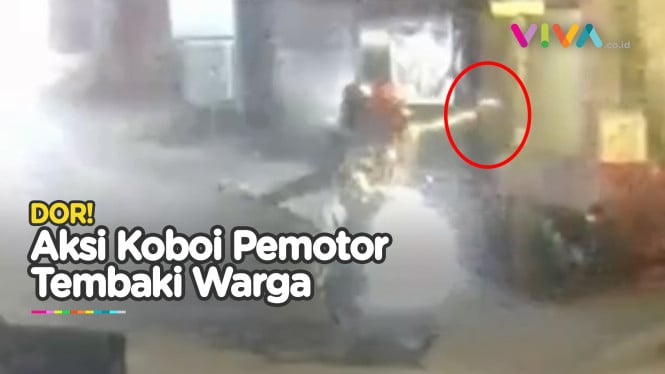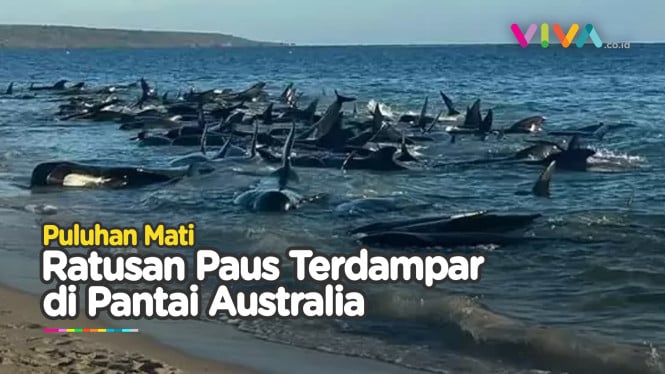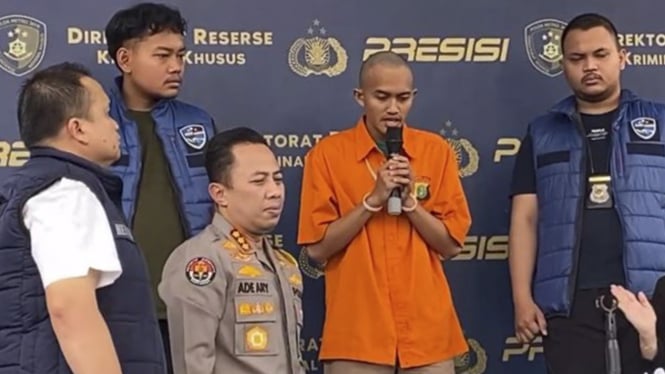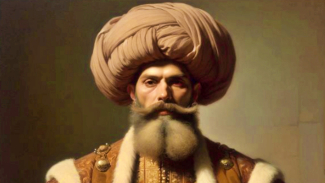VIVAnews - 34 years ago today, on 15 January 1974, a riot broke out in Jakarta after a mass student protest turned violent.
Malari incident was a mass student protest that turned into a riot where thousands of rioters set fire to hundreds of vehicles and buildings in Jakarta. Malari is an acronym for Malapetaka Lima Belas Januari or the Fifteenth January Disaster, since the event happened on 15 January 1974.
After Soeharto was re-elected president in 1973, his popularity among the public was not as strong as it was in 1967. There was a growing displeasure among the masses, especially among the elites and the middle class. These included several top commanders within the armed forces itself who openly criticized Soeharto and his regime. All were disgusted with the increasing corruption within his government, the amount of foreign investment in Indonesian economy, and the power held by Soeharto’s personal counselors (asisten pribadi/Aspri).
In 1973, students from various universities held a number of protests showing their strong disagreement with the government regarding foreign investment. They also sounded their opposition against foreign influence, poor economic condition and the spread of corruption within the government.
By late 1973, General Soemitro, then head of Kopkamtib, Operational Command for the Restoration of Security and Order, began holding talks in campuses to ease the students. On 30 November, several prominent persons, including former Vice-President Hatta, plainly criticized the government’s policy in handling foreign investment in Indonesia.
On 14 January 1974, Japanese Prime Minister Kakuei Tanaka visited Jakarta. Japan was then Indonesia’s largest foreign investor, thus naturally making it the most hated country among those opposed to foreign investment. The arrival of Tanaka became the pretext for students to hold mass protests.
At first, the students gathered at Halim Perdanakusuma, but failed to enter the airport complex since the security forces managed to secure the area.
Suddenly, and without warning, the protest turned violent after some protesters began to burn and destroy Japanese-made vehicles and buildings throughout their march. The security forces tried to hold back the protesters but to no avail. In all, the Malari incident leaved 11 people dead, 300 injured and 775 arrested. Hundreds of cars and buildings were burned and destroyed.
After the incident, Soeharto took several critical steps to prevent further mass rebellion. He dissolved the president’s private counselor institution and took over the commandership of Kopkamtib himself. Thus, once and for all, putting an end the rivalry between Ali Murtopo and Soemitro, which have caused much damaged to his regime during the last few years. He also fired his chief intelligence, Soetopo Juwono, then head of Bakin, State Intelligence Coordination Agency, and replaced him with Yoga Sugama.
A number of student leaders such as Syahrir and Hariman Siregar were brought to court. Most public meetings were suspended and several newspaper and magazines were banned.












